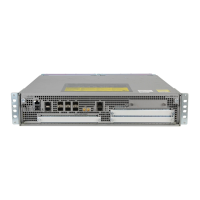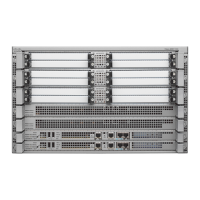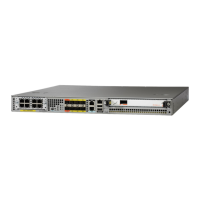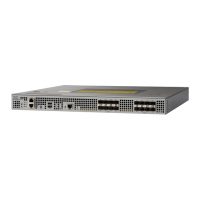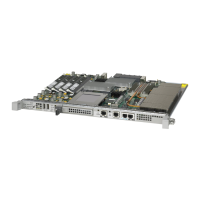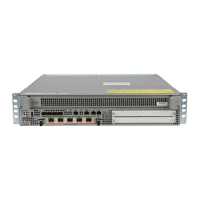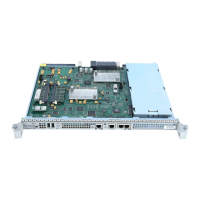Conventions
IndicationText Type
Text the user should enter exactly as shown or keys a user should press appear
in this font.
User input
Document titles appear in this font.
Document titles
Terminal sessions and information that the system displays appear in this
font.
System output
CLI command keywords appear in this font.
Variables in a CLI command appear in this font.
CLI commands
Elements in square brackets are optional.[ ]
Required alternative keywords are grouped in braces and separated by vertical
bars.
{x | y | z}
Optional alternative keywords are grouped in brackets and separated by vertical
bars.
[x | y | z]
A nonquoted set of characters. Do not use quotation marks around the string or
the string will include the quotation marks.
string
Nonprinting characters such as passwords are in angle brackets.< >
Default responses to system prompts are in square brackets.[ ]
An exclamation point (!) or a pound sign (#) at the beginning of a line of code
indicates a comment line.
!
#
Means reader take note. Notes contain helpful suggestions or references to material not covered in the
document.
Note
Means the following information will help you solve a problem. The tips information might not be
troubleshooting or even an action, but could be useful information, similar to a Timesaver.
Tip
Means reader be careful. In this situation, you might perform an action that could result in equipment
damage or loss of data.
Caution
Cisco ASR 1001-HX Router and Cisco ASR 1002-HX Router Hardware Installation Guide
xi
Preface
Conventions

